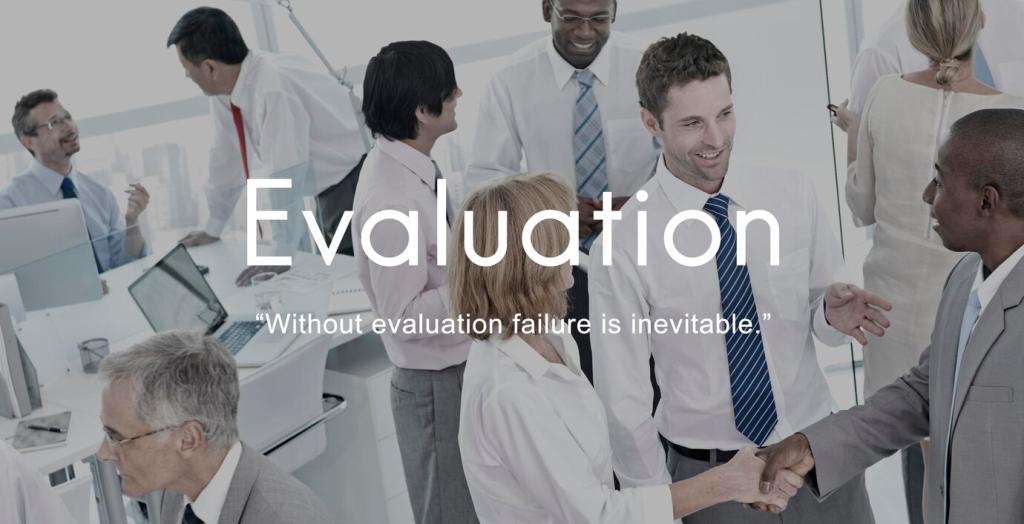
Best Practices for Coaching Top-Level Executives
Chosen theme: Best Practices for Coaching Top-Level Executives. Welcome—this is your practical, candid field guide to coaching leaders who carry enterprise-scale responsibility. Expect actionable methods, real stories, and prompts to engage, subscribe, and share your perspective so we can sharpen the craft together.



Before goals and dashboards, learn the leader’s story—early risks taken, scars carried, and private definitions of winning. Demonstrate curiosity without judgment. Authentic empathy opens the door for transformative feedback. Ask them to share one formative moment they rarely discuss and what it still teaches today.
Build Unshakable Trust and Psychological Safety
Executives often defend habits that once made them successful. Frame resistance as protective, not obstructive. Invite experiments small enough to feel safe yet big enough to matter. Reflect patterns without blame. Encourage readers to comment with phrases they use to name defensiveness while keeping dignity intact.
Build Unshakable Trust and Psychological Safety


Use Rigorous, Minimal, Insightful Assessment
Design a concise 360 that spotlights two or three enduring themes tied to strategy. Use narrative comments to capture real contexts and trade-offs. Synthesize findings into a plain-language storyline. Ask the leader where the pattern serves and where it sabotages, then co-create a focused behavior shift.
Use Rigorous, Minimal, Insightful Assessment
Choose instruments only when they inform choices: team design, conflict style, or decision-making under uncertainty. Debrief with practical implications, never labels. Highlight strengths as levers for change. Invite leaders to test insights in real meetings within a week, then reflect learnings in a short cadence review.

Translate Strategy into Two or Three Keystone Behaviors
Pick behaviors that produce outsized effects: clarifying priorities, asking catalytic questions, or naming trade-offs decisively. Make them observable and coach-friendly. Tie each to a meeting type and trigger. Focus beats breadth—three wins crush ten half-changes. Invite readers to share their go-to keystone behaviors.

Embed Change in Calendars, Rituals, and Cadences
What isn’t calendared rarely happens. Hardwire new behaviors into recurring meetings, pre-briefs, and debriefs. Use prompts on agendas and visual cues. Anchor weekly reflections to concrete decisions made. Ask the executive’s chief of staff to support reminders. Comment with one ritual that transformed a leader’s consistency.

Engineer Accountability with Sponsors and Data
Create a light, visible dashboard linked to business outcomes and behavior evidence. Include sponsor check-ins that confirm impact without compromising confidentiality. Celebrate micro-wins publicly; dissect misses privately. Over time, make the system—not the coach—the accountability engine. Share your template for behavior-impact dashboards others can adapt.
Navigate Power, Politics, and Board Dynamics
Manage Up, Across, and Outside
Help executives distinguish between informing, aligning, and persuading different audiences. Map allies, neutrals, and skeptics. Rehearse high-stakes conversations with tight openings and clear asks. Elevate the leader’s reputation as predictable, fair, and decisive. Encourage readers to share scripts that convert passive support into active sponsorship.
Hold Ethics Above Expedience
Pressure tempts shortcuts. Make values choices explicit before crises hit. Use red-team scenarios to surface risks and unintended consequences. Coach leaders to say no cleanly and explain principles succinctly. Protect trust beyond the quarter. Comment with a time ethics won—and the long-term dividends it paid.
Communicate with Brevity and Signal
Boards value clarity, not volume. Coach crisp narrative arcs: context, risk, decision, ask. Train for data minimalism and strategic signal. Practice responsive listening when challenged. Afterwards, capture lessons in a one-page log. Invite subscribers to request our board-brief template for next meeting prep.


Measure Impact and Sustain Momentum
Connect behavior shifts to cycle time, customer retention, deal velocity, or talent movement. Use leading indicators to show early traction. Report succinctly, visually, and repeatably. Make sponsors part of interpreting signals. Ask the community which KPIs have proven most persuasive in their organizations.
Measure Impact and Sustain Momentum
Post-engagement, run brief booster calls, peer huddles, or 30-day sprints to prevent regression. Share playbooks and micro-prompts leaders can keep. Encourage internal mentoring to compound gains. Sustainable change becomes cultural, not personal. Comment if you want a sample aftercare roadmap tailored for global teams.
Join our mailing list
